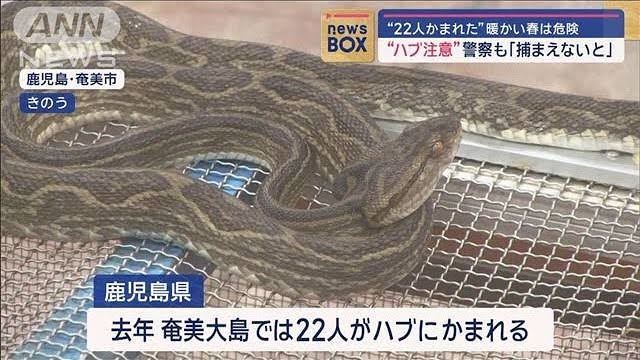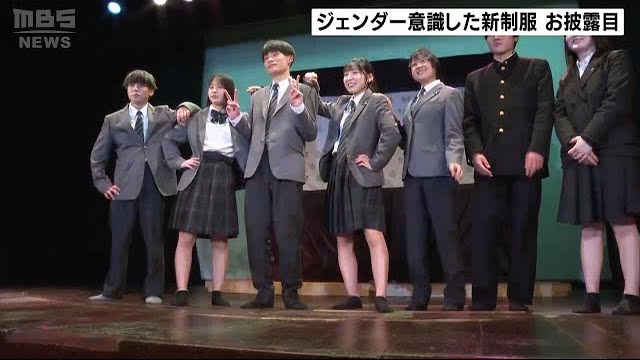Thousands of years ago when swords were all the rage in Japan, master swordsmiths were revered.
Sword-making was a pastime undertaken by numerous aristocrats of that era. Katana and various Samurai swords were not only made from a piece of beautiful steel—they were the result of a sacred ritual. Mentioned below are 5 things to look out for before getting a Japanese Sword.
Things to Take Note of Before Getting a Japanese Sword
Several things need to be looked into before getting a Japanese Sword. They include;
It should be created by hand
To be considered a genuine katana, a sword must be handcrafted in Japan by a skilled artisan, and the Hamon tempering line must be visible as evidence.
It should have a sharp edge
Japanese swords are known for their razor-sharp blades. So, if you're thinking of acquiring one, ensure that it has a sharp blade.
The body should be made of steel
The steel used to make a Japanese Sword is important to consider while purchasing one. Steel is OK, but any type of steel should not be used. Stainless steel is the only option.
It should glow and sparkle
Always look for a high-gloss finish on a Japanese sword or Katana whenever purchasing one. This way, you may be sure that what you're receiving is unique.
It should have a Mekuki
A Mekuki is a peg that secures a blade to its grip. Whenever purchasing a Japanese sword, take caution to look for the Mekuki.
Types of Japanese Swords
It's hardly surprising that Samurai swords have evolved through time, given their extensive heritage. It is common to discern Real Katana swords from fakes by their length, history, and curve. The numerous varieties of samurai swords are listed below.
Tachi
Throughout the Koto era, these Japanese swords had a curvy blade grip and were held with the blade pointing downwards.
Uchigatana
The uchigatana was the next in line after the tachi. It had straight handles as well as a variety of options for the curve, which made it unique. When we classify "Uchi" and "gatana" into their parts, we get "hit" and "sword," respectively. Uchigatana swords, which initially were of poor grade, eventually supplanted the Tachi nearly totally. The uchigatana is the immediate ancestor of the vast amount of real current katana swords.
Shin Gunto
Swords from the west that were made with lesser grades replaced Japanese katanas in the late 1800s and early 1900s throughout the West. Patriot pride swept Japan in the 1930s and ushered in the traditional Japanese costume, with few contemporary tweaks. As a consequence, the shin-gunto ("new military sword") was created and was later used to kill prisoners of war throughout World War II. After World War II, the durability of shin-gunto swords deteriorated because of a lack of materials in Japan.
Daisho
Traditionally wielded by Warriors, the Daisho (which translates to "big and small") is a set of katana blades (the daito as well as the shoto).
Bottomline
The Japanese sword, also known as the katana, is not just any sword. It represents a lot of things and has a lot of meaning, it is a sword held in high esteem.









